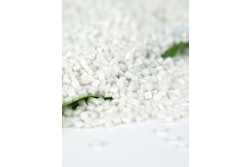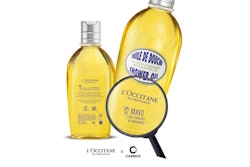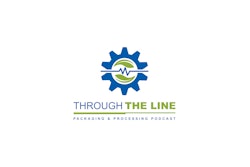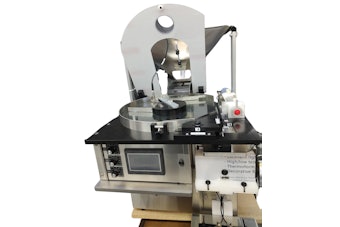Key Report Findings:
• Adoption of IoT in logistics and supply chain management allows for real-time monitoring of moisture levels, enhancing the use of desiccants.
• Development of recyclable and reusable desiccants to meet environmental sustainability goals.
• Implementation of advanced manufacturing techniques like 3D printing in desiccant production can reduce costs and improve efficiency.
• The chemical industry's growth, which often requires stringent moisture control in production and storage, provides a significant market for desiccants.
TMR (Transparency Market Research) reports that the desiccant market is projected to grow to $552.6 million in 2023. It is projected to grow at a 5.7% CAGR from 2024 to 2034, and by 2034, the market is expected to hit $1.0 billion. Desiccants are widely used in various industrial applications such as air and gas drying, which is crucial in industries like oil and gas, petrochemicals, and manufacturing. Innovation in desiccant technology, including the development of more efficient and environmentally friendly desiccants, is a key trend.
The rise of e-commerce and the need for effective moisture control in packaging during shipping and storage is boosting the desiccant market. The development and commercialization of bio-based desiccants offer new opportunities, aligning with the global shift towards green and sustainable products.
Innovations in packaging solutions that incorporate desiccants, such as active packaging, can open new avenues for growth. The increasing application of desiccants in healthcare products beyond pharmaceuticals, such as in medical devices and diagnostics, provides additional growth potential.
Market Trends for Desiccants
• By type, the molecular sieve segment is expected to boost the growth of the desiccant market.
• Molecular sieves have a higher adsorption capacity compared to other desiccant types, making them more efficient in removing moisture from various environments.
• Molecular sieves exhibit selective adsorption properties, allowing them to target specific molecules, such as water vapor, while leaving other molecules untouched. This specificity enhances their effectiveness in moisture control.
• On the basis of form, the granule segment is expected to propel the market growth.
• Granular desiccants typically have a larger surface area compared to other forms, allowing for greater moisture absorption capacity per unit volume.
• The development and commercialization of bio-based desiccants offer new opportunities, aligning with the global shift towards green and sustainable products.























